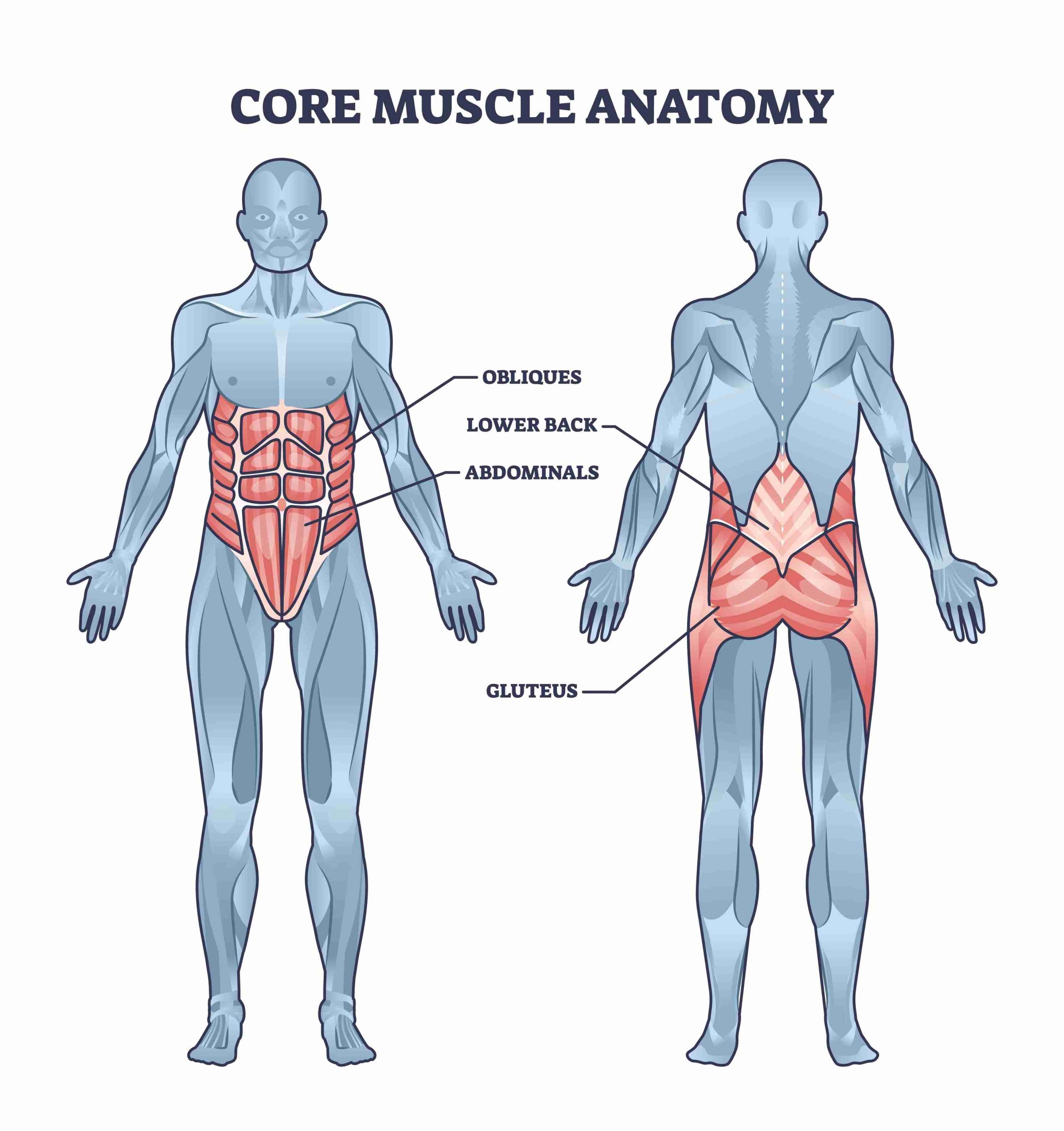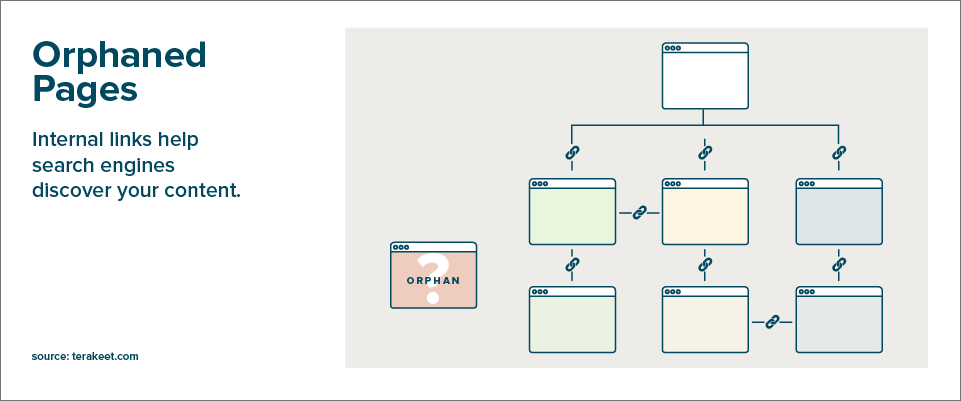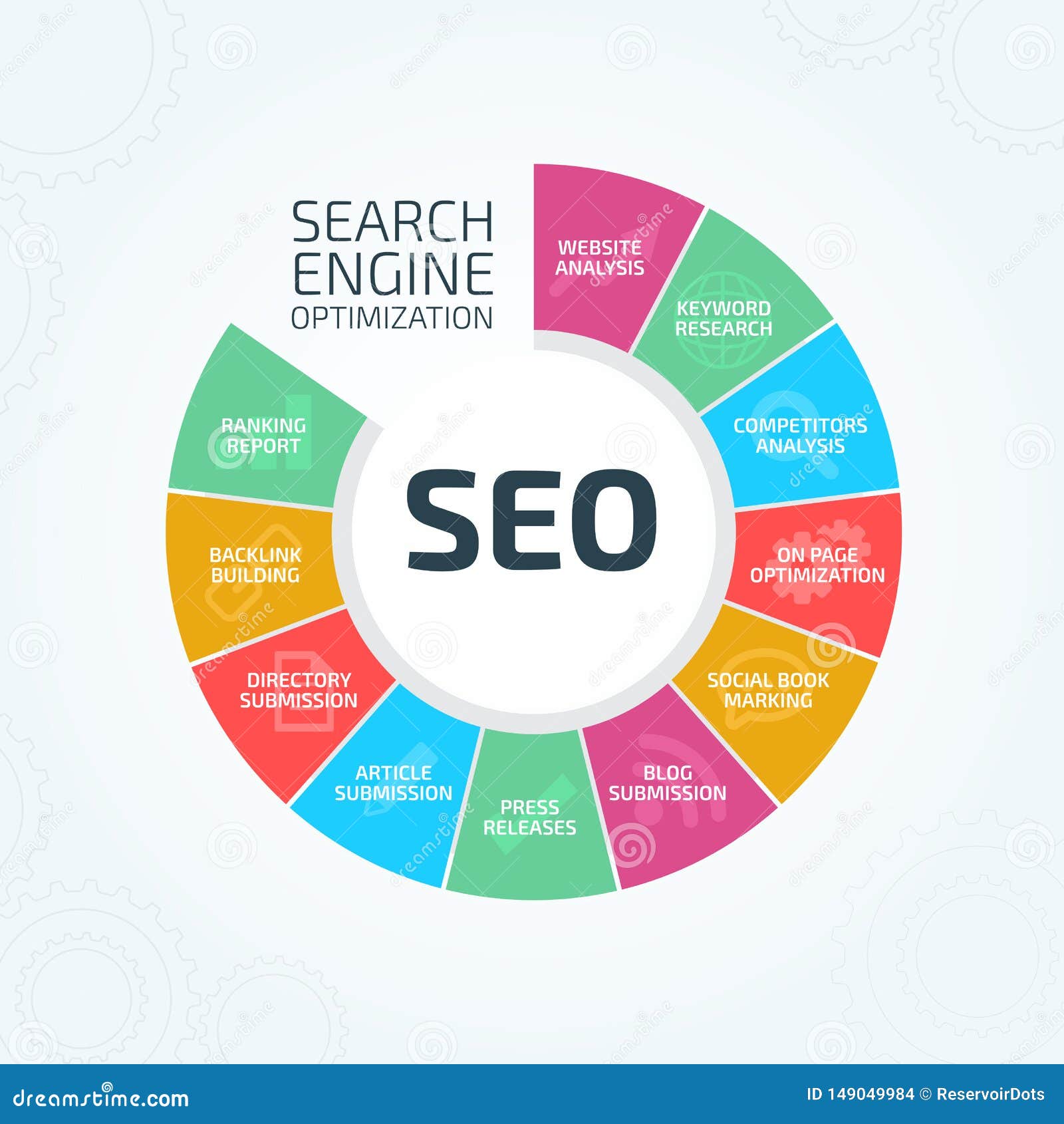
In the ever-evolving world of SEO, staying ahead means adapting to new strategies that align with how search engines and users interact with content. One such strategy that has proven its worth over time is the use of topic clusters and pillar pages. These structures not only improve your website’s visibility but also enhance user experience by organizing content in a logical, interconnected way.
This guide will walk you through everything you need to know about topic clusters and pillar pages—what they are, why they matter, and how to implement them effectively to boost your SEO performance.
What Is Topic Clusters and Why It Matters
A topic cluster is a content strategy where a central page (called a pillar page) covers a broad topic, while multiple supporting pages (called cluster pages) dive into specific subtopics related to that main theme. These pages are all linked together, creating a clear hierarchy that helps both users and search engines understand the context of your content.
For example, if your pillar page is about “Digital Marketing,” your cluster pages might include topics like “Social Media Marketing,” “Email Marketing,” or “SEO Strategies.” Each cluster page links back to the pillar page, reinforcing the relationship between the content pieces.
Why does this matter? Search engines like Google prioritize websites that demonstrate topical authority—a deep understanding of a subject and the ability to provide comprehensive, high-quality information. By using topic clusters, you signal to search engines that your site is an expert on the subject, which can lead to higher rankings for a variety of keywords.
Moreover, from a user perspective, topic clusters make it easier for visitors to navigate your site and find exactly what they’re looking for. This leads to longer session durations, lower bounce rates, and better engagement—all of which are positive signals for SEO.
How Topic Clusters Impact SEO Performance
Topic clusters have a direct impact on several key SEO metrics:
- Search Visibility: By covering a wide range of related keywords, you increase the chances of appearing in search results for both short-tail and long-tail queries.
- Dwell Time: Users who find relevant, well-structured content are more likely to stay on your site longer, which improves dwell time—a ranking factor.
- Engagement Metrics: Internal linking within a cluster encourages users to explore more pages, increasing page views and reducing bounce rate.
- Authority Building: A well-organized topic cluster demonstrates expertise, helping you build trust with both users and search engines.
Additionally, topic clusters align with Google’s focus on E-E-A-T (Experience, Expertise, Authoritativeness, Trustworthiness). By providing in-depth, authoritative content across a subject, you reinforce your site’s credibility and improve your chances of ranking higher.
Step-by-Step Implementation Framework
Creating a successful topic cluster strategy involves a few key steps. Here’s a practical framework to follow:
- Define or Audit the Current Situation
- Start by identifying your core topics. These should be broad, high-volume keywords that are relevant to your audience.
- Use tools like Google Keyword Planner, Ahrefs, or Rank Math’s Content AI to find potential pillar topics.
-
Audit your existing content to see where gaps exist and where you can create new cluster pages.
-
Apply Tools, Methods, or Tactics
- Once you’ve identified your pillar topic, use keyword research to find long-tail keywords that can form the basis of your cluster pages.
- Tools like RankBot can help you group related keywords automatically, making it easier to structure your content around subtopics.
-
Create a content map to visualize how your pillar page connects to cluster pages.
-
Measure, Analyze, and Optimize
- After publishing your content, track performance using tools like Google Analytics and Rank Math Analytics.
- Monitor metrics like organic traffic, bounce rate, and keyword rankings.
- Use A/B testing to refine your content and internal linking strategy based on real data.
Real or Hypothetical Case Study
Let’s take a hypothetical example: a fitness blog aiming to rank for “Weight Loss Tips.”
- Pillar Page: “Comprehensive Guide to Weight Loss”
- Cluster Pages: “How to Create a Weight Loss Meal Plan,” “Best Exercises for Weight Loss,” “Top 10 Weight Loss Supplements”
By structuring their content this way, the blog increases its visibility for both general and specific weight loss-related searches. Over time, they see a 40% increase in organic traffic and a 25% improvement in average session duration.
This case study highlights how topic clusters can drive measurable results when implemented correctly.
Tools and Techniques for Topic Clusters
To streamline the process of building and managing topic clusters, consider using the following tools:
- Rank Math SEO – Offers advanced features for content mapping, keyword clustering, and on-page optimization.
- Ahrefs – Great for keyword research and competitive analysis.
- SurferSEO – Helps with semantic scoring and content optimization.
- SEMrush – Provides insights into keyword volume, competition, and content gaps.
- Content AI (Rank Math) – Automates keyword clustering and content planning.
These tools can help you identify the right keywords, organize your content, and ensure your site is optimized for both users and search engines.
Future Trends and AI Implications
As AI continues to shape the future of SEO, the importance of topic clusters will only grow. With the rise of search engine generation (SGE) and multimodal search, content must be structured in a way that clearly communicates relevance and depth.
AI-powered tools like Rank Math’s Content AI can help you anticipate user intent and optimize your content accordingly. As search algorithms become more sophisticated, the ability to demonstrate topical authority through well-structured topic clusters will be a key differentiator.
To stay ahead, focus on creating content that answers real user questions and builds a comprehensive resource around each topic.
Key Takeaways
- Topic clusters help organize content around a central theme, improving both SEO and user experience.
- Pillar pages act as hubs that connect to multiple cluster pages, signaling topical authority to search engines.
- Internal linking plays a crucial role in reinforcing relationships between content pieces.
- Keyword research is essential for identifying subtopics and optimizing your content for a variety of search queries.
- Tools like Rank Math and Ahrefs can simplify the process of building and managing topic clusters.
- Future-proof your SEO strategy by focusing on E-E-A-T and preparing for AI-driven search trends.
Meta Title: The Ultimate Guide to Topic Clusters and Pillar Pages for SEO Success
Meta Description: Learn how to use topic clusters and pillar pages to boost SEO, improve user experience, and build topical authority.
SEO Tags (5):
– Topic Clusters
– Pillar Pages
– SEO Strategy
– Content Organization
– On-Page Optimization
Internal Link Suggestions:
– Parameter #3: Content Mapping
– Parameter #7: Internal Linking Best Practices
– Parameter #9: Keyword Research Techniques
External Source Suggestions:
– https://www.rankmath.com/
– https://ahrefs.com/
– https://www.searchenginejournal.com/









